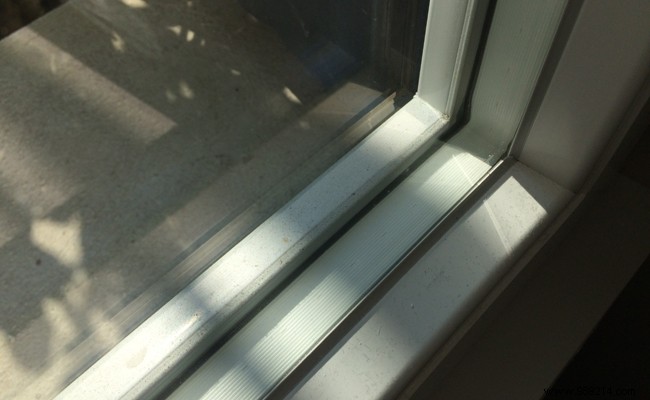
Benefiting from better thermal and sound comfort while reducing energy costs requires choosing the right windows. Today, double glazing has become the new standard due to its performance and efficiency. But what are its particularities?
To be installed as much on classic windows as on French windows or bay windows, double glazing has the particularity of reinforcing the thermal and sound insulation of openings. As its name implies, it therefore consists of two panes in the middle of which is immobilized a blade of argon or krypton.
These gases are effective in thermal insulation, much more than air, which is a heat conductor. In order to eliminate thermal bridges and optimize the insulating power so sought after in this product, a spacer made of synthetic material or aluminum will be placed in the middle of the two panes. The performance of double-glazed windows is improved thanks to the addition of a desiccant which will stem the entry of humidity into the panes and thus prevent condensation. This device will absorb any moisture that forms.
Manufacturers have developed several types of double glazing to meet consumer needs. The most classic being represented by the 4/16/4 model. The "4" correspond to the thickness of the inner pane and that of the outer pane. The 16 meanwhile designates the space in which the argon or krypton is enclosed. When this space is large, it means that the glazing offers better insulating capacities. On the market you will find models with 6, 12 or 20 mm of space.
Among the double-glazed windows that are successful are also those with thermal double-glazing, also called Reinforced Insulation Glazing or Low-Emission Double Glazing. The surface of the interior glass of this model has benefited from a layer of metal oxides which is low emissive. Thanks to this technique, the heat remains in the house in winter, and in summer the glass acts as a shield to limit the contribution of solar energy. In addition, other solutions have also been designed by the manufacturer such as low-emission double glazing with argon gas reinforcement, anti-reflection glazing or even so-called "heated" glazing.
Other more innovative technologies are also offered, such as opacifying double glazing allowing you to choose the brightness or opacity of the glazing or even models with integrated Venetian blinds which protect against strong sunlight.
What is the point of having windows that insulate against cold or heat, but do not protect against noise? It is important that the chosen glazing provides better sound comfort at home. And double glazing meets this criterion perfectly. To enjoy acoustic protection, it is strongly recommended to choose a very thick window with a large spacing. The CEKAL AR coefficient gives indications on the sound performance of the glazing. There are 6 performance classes ranging from AR1 to AR6. These ensure an acoustic reduction of 25 to 38 dB.